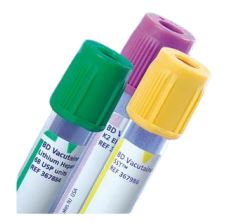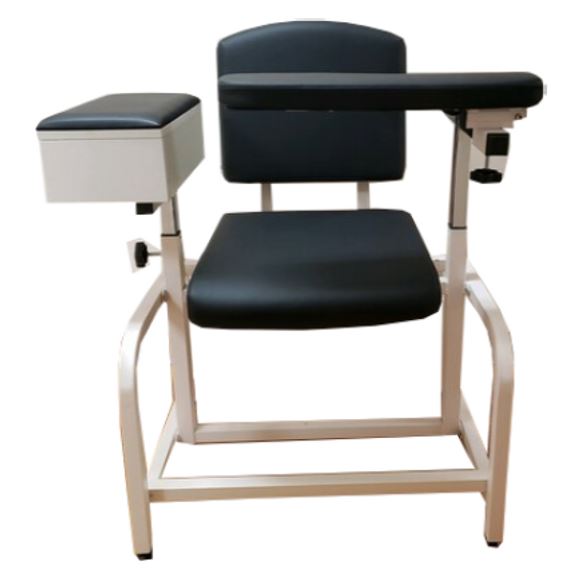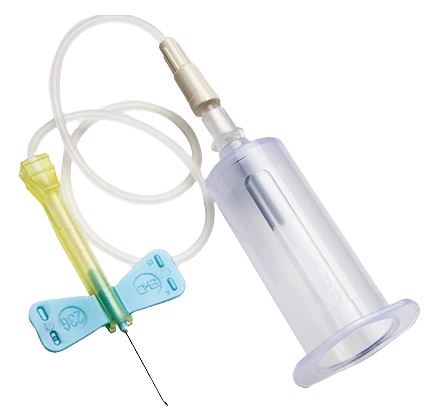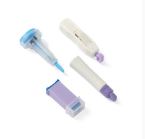Online shopping provides a quick and convenient way to purchase products, and this is especially true for the...
Phlebotomy Blood Draw Needles
Healthcare professionals use phlebotomy blood draw needles to safely and precisely collect blood samples for testing, donation, or treatment. The perfect blood draw needle choice considers the patient's age, vein size, and required blood volume. These needles have a hollow, sharp metal cannula attached to a plastic hub and come in different sizes to suit various needs. Vitality Medical offers a wide variety of phlebotomy supplies designed for pat
-
Most Popular
-
On Sale
Designed for Comfort, Safety, and Precision
Vitality Medical offers straight and butterfly (winged) needles to manage diverse blood draw needs. Straight needle collection systems are well-suited for situations requiring multiple samples, allowing the attachment and removal of numerous tubes from a single needle. Winged-infusion blood collection needles are short, enabling phlebotomists to insert them at shallow angles, and are well-suited for individuals with small or fragile veins due to their design. Compatible with luer adapters for seamless connection to blood collection tubes, these blood collection needles are engineered for precision, safety, and comfort across various healthcare environments, from clinics to hospitals.
Benefits of Blood Draw Needles
- Enhanced Comfort: Ergonomically designed to reduce the discomfort of blood draws.
- Accurate Results: Clean, precise collection for dependable test results.
- Reduced Injury Risk: Safety features significantly lower the chances of needlestick injuries.
- User-Friendly: Easy to handle, streamlining the blood collection process.
- Efficient Collection: Designed for quick blood flow, minimizing procedure time.
Choosing the Right Needle Size
- 18-gauge: Best for large-volume blood collections in patients with large veins, offering insertion speed, but may increase discomfort.
- 21-gauge: Balances efficiency and comfort, making it a popular choice for routine blood draws, suitable for most adults. .
- 22-gauge: Ideal for patients with smaller, difficult veins, reducing discomfort with a slower flow rate.
- 23-gauge: The smallest option, designed for minimal discomfort in patients with very small or fragile veins, like children.
Available Needle Varieties
- Standard: Reliable for daily use in multiple healthcare scenarios.
- Safety: Incorporate safety mechanisms to avoid accidental injuries.
- Specialty: Cater to specific needs, from pediatric to elderly patients, easing the blood draw process in challenging cases.
Frequently Asked Questions
- How do I select the appropriate blood collection needle? Consider the patient's vein size, the amount of blood needed, and overall comfort. Smaller gauge sizes (higher number) are recommended for less discomfort in low-volume draws, while larger gauge sizes (lower number) are better for faster, high-volume collections.
- What does needle gauge mean, and how does it impact blood draws? The gauge of a needle refers to its thickness. A higher gauge number means the needle is thinner, leading to less discomfort but slower blood flow. A lower gauge number indicates a thicker needle, allowing for quicker blood collection, but can cause more discomfort.
- Is it safe to reuse a phlebotomy needle? No, for safety and hygiene, they are strictly single-use.
- How is a safety needle different from a standard needle? Safety needles feature built-in mechanisms, such as shields or retractors, to prevent needlestick injuries after use. Standard types lack these protective features.







Login and Registration Form